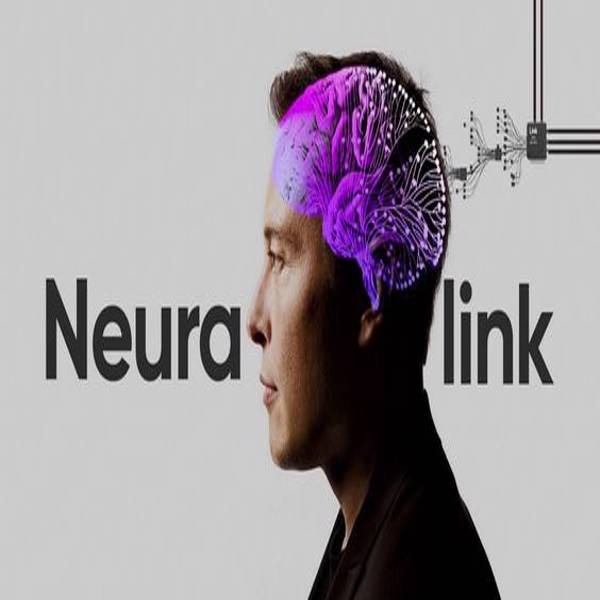Musk says Neuralink aims to cure paralysis and memory loss.
This is a major advancement for Neuralink’s mission to connect human minds with digital tech.
During an online event (on platform X, formerly known as Twitter), Musk revealed an ambitious target: implanting devices in up to ten people by year’s end.
Neuralink’s brain chip is being tested to treat neurological conditions and potentially enhance human abilities. They discussed challenges with the first implant and are making improvements for future surgeries.
Neuralink is fixing the chip placement issue from the first surgery to improve performance. Musk sees the brain chip as a way to fight future AI risks and give people special abilities. He also addressed animal testing concerns, saying they prioritize animal welfare.
Musk hinted at future Neuralink upgrades being like smartphone advancements. He said, in essence, “You’d want the latest model, not the first,” suggesting future versions will be much better and potentially upgradable for early implant recipients. Technical Hurdles: The current technology involves delicate brain surgery. Upgrading requires another surgery, which is risky and isn’t ideal for most people.
Biocompatibility: Our bodies form scar tissue around implants. This could make removing an older chip and seamlessly integrating a new one difficult.
Brain Integration: The brain is complex and adaptable. How well a brain chip integrates with the brain over time is still unknown. Future upgrades might not be compatible with how the brain has already wired itself around the initial implant.
Overall, significant advancements are needed before Neuralink’s upgrade vision becomes a reality.
By directly stimulating the motor cortex (brain region controlling movement), Neuralink could potentially bypass damaged nerves and allow paralyzed individuals to regain control of limbs or other functions.
Memory Loss: The chip might decode and stimulate relevant brain areas to enhance memory consolidation or retrieval. This could be helpful for conditions like Alzheimer’s or age-related memory decline.
Current Stage:
Animal Testing: Neuralink has shown some success in restoring movement in paralyzed animals. However, translating these results to humans is complex.
Human Trials: The first human trials focus on basic control of external devices, not directly addressing paralysis or memory yet.
Challenges:
Brain Complexity: The brain is incredibly intricate, and understanding how to manipulate specific memories or movement functions is far from simple.
Also read : Microsoft Surface Unveils AI-Powered Copilot+ PCs in India
Safety and Long-Term Effects: Brain implants carry risks of infection, bleeding, and potential unintended consequences. The long-term effects of BCIs on the brain are still unknown.
Overall:
Neuralink’s approach is promising, but significant breakthroughs are needed before it can effectively treat paralysis or memory loss.



